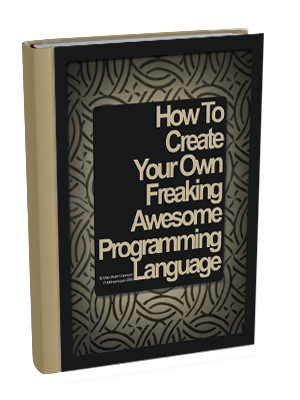You need a super compelling profile to enhance your online visibility and gain trust. Here are some top tips for creating a great LinkedIn profile.
Some things you need to know about me: I’m an introvert and I’m shy.
And, to build up my business, I’ve been actively building my personal brand on social media for three years.
These things seem rather at odds with each other, don’t they?
Before you ask, introversion and shyness are not one and the same. For example, I prefer my own company — preferably curled up with a novel — to socializing because of my low social battery (introvert).
I get anxious when I’m the center of attention or when I have to speak in public and I’m self-conscious around strangers and care too much about what they think of me (shy).
Having just one of these personality traits is bad enough, but having both meant building a personal brand has been particularly difficult — but not impossible.
My brand is growing despite it being a bumpy road, and in this piece, I’ll share my best personal branding for introverts tips to help you.
Why I decided to build a personal brand
2020 was an eventful year for everyone for obvious reasons, but it literally changed the course of my life. I was a recent-ish graduate (is two years post-school considered recent?), still clueless about what I wanted to do, and just dabbling into different things like entrepreneurship and event planning.
So when everything ground to a halt, it was a blessing in disguise. I had so much time on my hands and because digital skills were all the rage at the time (understandably so), I decided to give it a go. I settled on copywriting because I had a knack for writing and a bit of experience from keeping a lifestyle blog and writing book reviews.
I took courses, paid for coaching and mentorship lessons, and practiced. And when it got to the business side of things — i.e., how to make money from the skill — everyone said the same thing: build a personal brand.
To attract clients, I had to post on socials regularly, sharing my learnings and knowledge. And that’s how I got started growing a presence online.
As mentioned earlier, it wasn’t easy. None of the courses or coaches addressed how an anxiety-riddled person could navigate this. Their advice was simply, “Just do it,” which was, um, unhelpful, to put it mildly.
But with a lot of trial and error, I figured out how to navigate my personality types and along the line, gained more than 2,000 followers on LinkedIn, built a website, launched a personal blog, and started guest posting.
Here are five ways I’m managing my anxiety on this journey.
How I’m building a personal brand as a shy introvert
1. I post about things I enjoy or that interest me
It took me time to figure this out, but one of the reasons I was so drained when posting on socials was because I didn’t care for what I was writing about. It felt too much like a chore, and I already had enough of that in my life.
I am more engaged — almost an extrovert — when I post about the things that I enjoy. My experience tallies with Arvid Kahl's, another introverted public creator. He wrote, “Once you get talking about something you genuinely care about, you get to be a temporary extrovert.”
For some time, there was a disconnect between what I wanted to write about (writing tips or lessons from my experience) and what I felt would attract potential clients (the business side of content marketing).
This affected me as I felt I had to focus on the latter. And because I didn’t enjoy it, it heightened the apathy I felt towards brand building on socials. It also affected the quality of the content I put out because people could somehow sense my lack of enthusiasm.
Eventually, I found a balance between the two. I’m currently on a 70:30 ratio where most of the time I share writing advice from my experience, and then the more technical stuff the rest of the time. But this isn’t a hard and fast rule. I’m flexible and adjust when I feel like it. Also, I don’t force it. If a topic doesn’t interest me at all, I don’t write about it.
2. I try not to do things that negatively pressure me or cause me discomfort
I agree with the notion that you should constantly push the boundaries of your comfort zone. But I think there’s a caveat. Don’t push so hard that it causes unbearable discomfort or anxiety.
In my case, I pushed a lot at first. I was trying to follow all the advice the self-proclaimed experts gave, like posting every day, posting multiple times daily (some even advocate for 64), commenting a specific and high number of times, etc. But such tips never worked for me. Instead, they had the adverse effect of pressurizing and triggering my anxiety. So, I learned to go at my pace.
I still do things I’m not fully comfortable with to push myself e.g. I recently gave a talk on the basics of content marketing even though it caused some stress. But I don’t go overboard.
Basically, I think there is the good and bad ‘limit pushing.’ One stretches you, while the other negatively affects you and causes you to retreat even further. I prefer to go with the first.
3. I don’t respond to comments immediately
Engaging with my audience feels like I’m standing in a crowded room, surrounded by strangers speaking to me and expecting a profound response immediately; but I’m having trouble speaking because I’m anxious my answer will disappoint them.
I’ve found that the solution to this syndrome is to leave the platform for a few hours after posting and then return to engage with any comments or interactions.
This helps take the pressure off and reduces my anxiety, as I have enough time to think of a suitable response.
4. I leave some time between drafting and posting
One of an introvert’s worst fears is being misunderstood or called out publicly for being wrong. It’s a fear I live with and is enough to make me not post at all.
A workaround is giving myself enough time and space to vet my content. In other words, I don’t post immediately I create. Instead, I let the draft sit for a while, then crosscheck to ensure it sounds clear and accurate.
Another thing I used to do to circumvent this fear was to rely on my industry friends. I would share my content with them so they could let me know if it was good enough to post. This went a long way in bolstering my confidence.
5. I don’t pay attention to the metrics
Unlike extroverts, I don’t want to go viral. The thought alone almost makes me break out in hives. The one time I came close, I didn’t open LinkedIn for days. It was nerve-racking.
But virality is a possibility when posting on social. To save myself from potential stress and uneasiness, I don’t check my metrics (except when it's unavoidably mentioned by the social networks themselves). I don’t want to know whether my posts are getting lots or little engagement.
Too much engagement makes me nervous, and too little might discourage me. The middle ground is not focusing on them. That way, I’m able to concentrate on creating valuable content for my audience.
The social anxiety never goes away, but it can be managed
Confession: I was anxious writing this piece. I wasn’t sure if my points would prove useful, and that’s because I’m not sharing a one-and-done solution to help you get over your introversion and/or shyness to become a social media creator pro.
I don’t think such a solution exists — or at least, I haven’t found it. But the anxiety can be managed. And that’s what I’m doing. I’m also leaning even further into my strengths as an introvert, like listening and creating with empathy, two of the most important ingredients to successful personal brand building.
Recommended Story For You :
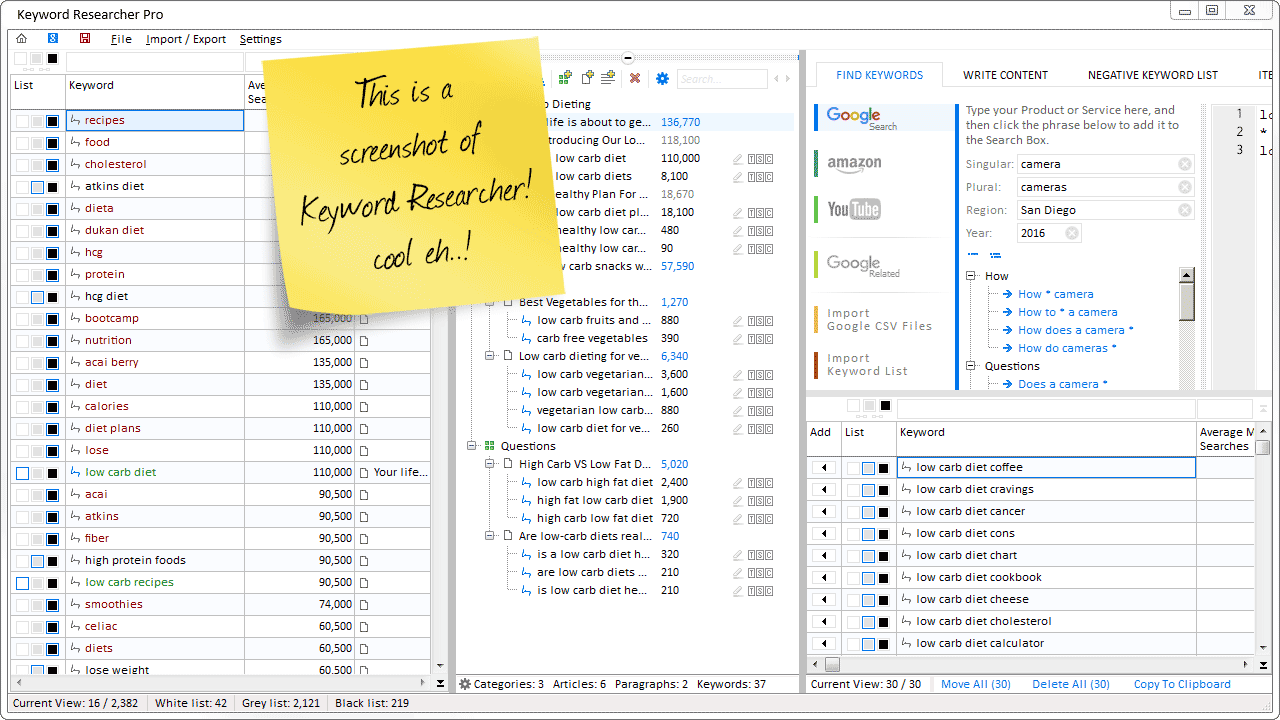
Organize Keywords and Import CSV Files from the Google Keyword Planner
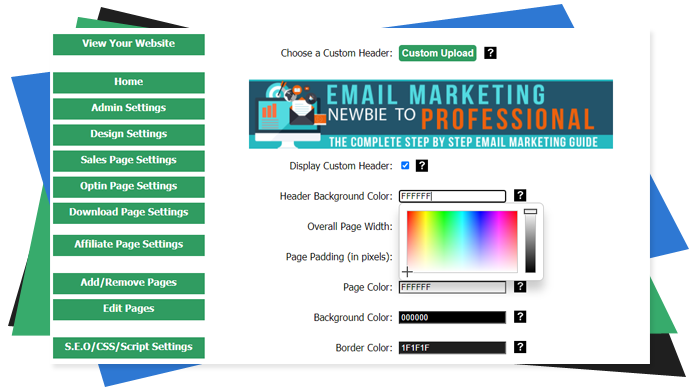
The Most Affordable And Easiest User Friendly Page Builder You Will Ever Use!

Instant WordPress Theme That Matches Your Website
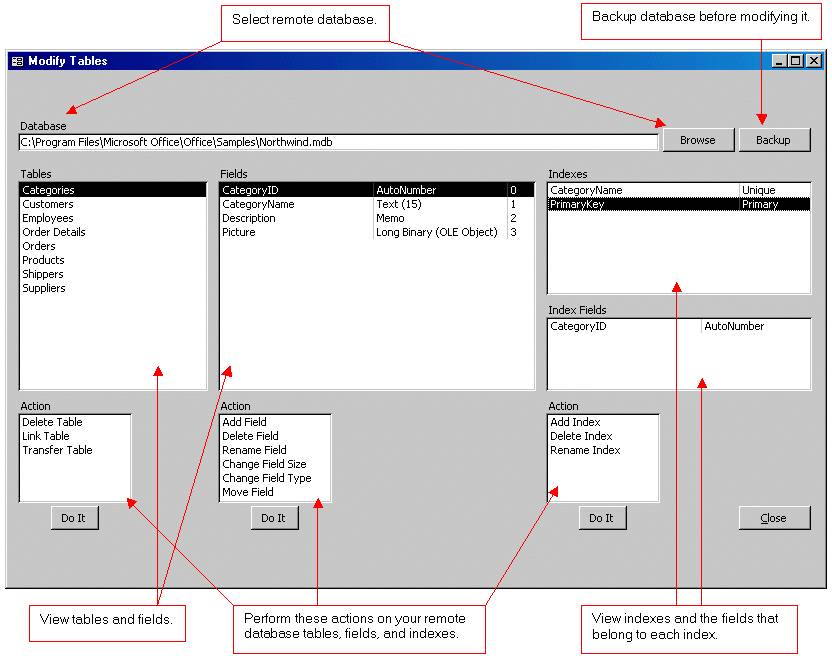
Wizard to Manage Remote Backend MS Access Database Tables Fields and Indexes

If you had an aisle-by-aisle grocery list wouldn't you spend less money on impulse items?
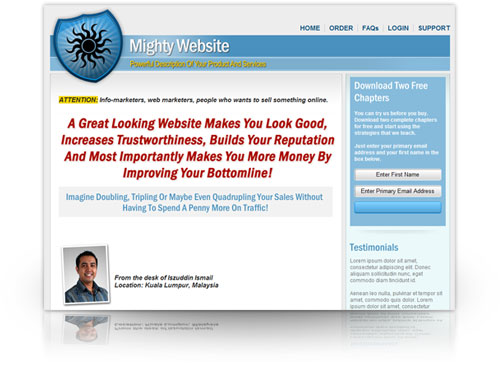
everything you need to create a professional corporate look mini-site is there.
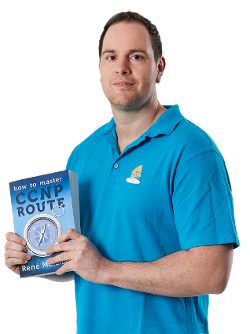
Unlock Your Networking Potential with GNS3Vault

Viper Cache Was 77% Faster Than The Competetion

Understanding Stock Market Shorting eBook
